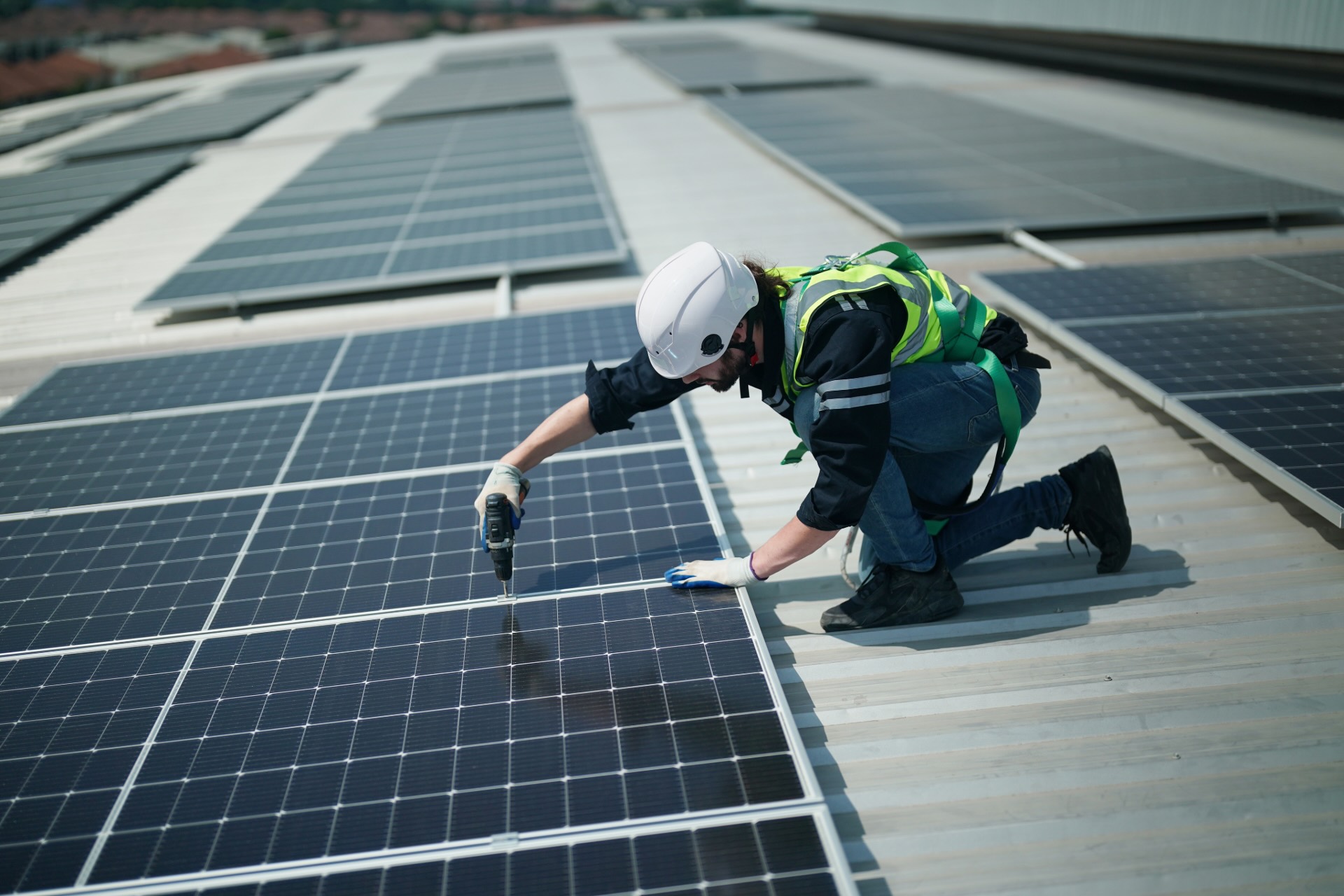The capacity of renewable energy is set to expand over the next decade, with the latest IEA report predicting renewables to power almost half of the global electricity demand by 2030. At a glance, renewables are growing at pace. Global renewable capacity is expected to grow by 2.7 times by 2030, exceeding many countries’ current ambitions by almost 25%.
More than 5,500 gigawatts of renewable energy capacity is set to be generated worldwide, the report says, representing almost a threefold increase from the period between 2017 and 2023.
The Renewables 2024 report, published on 9 October, provides forecasts for the deployment of renewable energy technologies in electricity, transport and heat to 2030.
Nearly 70 countries account for 80% of global renewable capacity and are on track to exceed their previous goals.
Unfortunately, this growth still falls short of the COP28 agreement, where nearly 200 countries pledged to triple renewable energy capacity worldwide. Despite this, the report remains optimistic, stating that the 2030 COP28 goal is “entirely possible if governments take near-term opportunities for action.”
Renewables surge, but the grid can’t keep up
A key pitfall of the 2030 deadline includes a lack of grid capacity and storage. Rates of curtailment, whereby electricity generation from renewables can’t be utilised, are on the rise. It’s already reached roughly 10% in several counties.
Without sufficient grid capacity and energy storage, surplus renewable energy is wasted, leading to inefficiency and capacity loss. Moving forward, grid improvement and battery storage will have a key role to play in the UK’s clean energy mix.
“Renewables are moving faster than national governments can set targets for,” IEA Executive Director Fatih Birol said.
“This is mainly driven not just by efforts to lower emissions or boost energy security: it’s increasingly because renewables today offer the cheapest option to add new power plants in almost all countries around the world.”
The Renewables 2024 report forecasts that global additions will roughly equal the combined current power capacity of China, the European Union, India, and the United States. By 2030, China will likely host almost half of the world’s total renewable power capacity, a significant increase from a third in 2010.
India, meanwhile, is expected to experience the fastest growth in renewables among major economies. Solar PV alone will represent 80% of this growth, driven by both large solar plants and an increase in rooftop installations by businesses and households. Wind energy, while facing challenges, is poised to recover, with its rate of expansion set to double from 2024 to 2030 compared to the previous six-year period.
While the IEA report highlights that the world isn’t on track to triple its renewable energy capacity by 2030, there is reason to believe it’s still very possible if the right actions are taken by the government.













